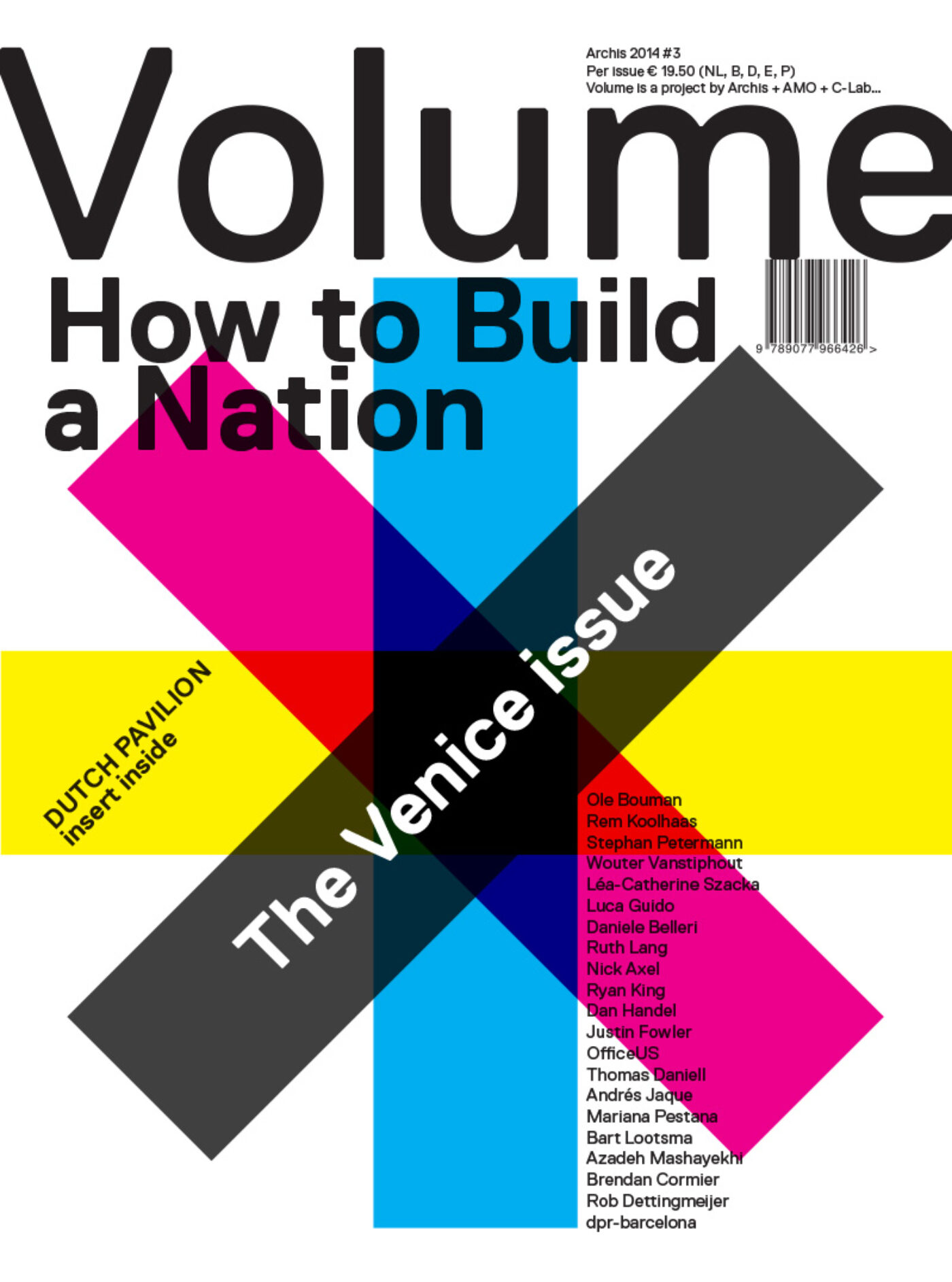(Un)Comfort zones

By Sietze Meijer
The Urban Qualities of Refugee Camps. / Report ‘Café Mediterranée X
Dare2Connect, a program by SICA and Felix Meritis, invites Middle East and North Africa experts to research the Arabic and Islamic culture in the Café Mediterranée series. Through discussions on current events the status-quo of Middle East culture and its relation to international developments are placed in a broader context.
In this edition, hosted by Chris Keulemans, Lebanese architect Ismail Sjeich Hassan spoke about his research “Urban Exaggerations and Exceptions – Palestinian Refugee Camp” (which he’s executing as Bakkema research fellow). He described architectural and urban possibilities of improving the life of people in the Palestinian refugee camp; Nahr el Bared in Lebanon.
Keulemans started by inviting Hassan to start with his presentation on a short history of the people living in Nahr el Bared.

Palestinian refugee camp Nahr el Bared, Lebanon, 1949
In the period of 1947 till 1948 about 400 Palestinian villages have been ‘emptied’ and ‘erased’. 30.000 of those displaced Palestinians found their way, after being displaced from their initial settlement, to Lebanon. The theme of desolation and displacement was severely emphasized by Hassan. The temporary camp of canvas tents became a semi-permanent settlement where the tents were replaced by stone buildings. Local Lebanese land-owners rented their territory out to the camp dwellers and there was a vivid trade with the Lebanese living in Tripoli and other cities in northern Lebanon. This state of affairs was violently brought to an end by a battle between the Lebanese army and the Islamic fundamentalist group Fatah al-Islam in 2007. The battle resulted in the total destruction of the camp, leaving 30.000 refugees homeless, again. Internationally, almost half a billion dollars was available to rebuild the camp. The Lebanese government and army sought to use the reconstruction as an opportunity for controlling the camp through urban design and military presence.

Nahr el Bared after the 2007 war
Hassan became involved in the Nahr el Bared Reconstruction Commission for Civil Action and Studies (NBRC). The NBRC is an organization of professionals who voluntarily work on involving the camp residents in the reconstruction of the detroyed camp. During the battle, which left the camp completely ruined, it was the aim of the NBRC to map the layout of the camp, the public areas, its landmarks, and commercial centres in order to document the urban structure and property ownership. The collective memory of the community was tapped for precise owners, locations, sizes of houses through interviews and civil participation sessions. When confronted with the government’s reconstruction plan, based on its ability to be controlled by the government and military, the NBRC, now joined by the UNWRA (UN agency United Nations Relief and Works Agency for Palestine Refugees in the Near East), proposed a urban plan based on the former camp. A plan, which expressed the perception of the camp by the Palestinians being a temporary place.
In the discussion after Hassan’s presentation, Keulemans questions were directed at the nature of the sensitive situation of the camp and the role of architects and planners in it. Hassan explained that he and his colleagues, trained architects and urban planners, naturally experienced difficulties. They were faced with the task to redesign the camp which, an operation in which they had to operate in a complex and political arena of interests of the refugees, the Lebanese government, the military and the international community.
The situation of the Palestinian refugees is delicate. They are denied the return to their homeland in historical Palestine and they neither have rights nor duties in Lebanon, for instance it is illegal for them to own property. Palestinians do not accept their status-quo in Lebanon. They regard the camp as a temporary place for living. They fight for their right to return to their original homes. This all places the reconstruction of the camp in odd daylight. The government does not allow the Palestinians to return to their homelands, nor do they grant them Lebanese citizenship. The army seeks to maximize their control over the refugees and the international community aids in rebuilding the camp, but does not in repatriating the refugees.
All these political and cultural issues present themselves in the built environment, but are not limited to that. Hassan acknowledged the importance of perception, to the eye of the outsider, the camp –old and new alike- resembles an urban area of immensely density, and spectacular urban phenomena. For the Palestinians however, the camp represents nothing more than a transitional shelter. A shelter, which lost its temporary characteristic only physically but not mentally.
Unfortunately, throughout the presentation and discussion it did not really become clear what the personal motives of Hassan were to get involved in such a delicate situation. It showed that he is committed to his work in Nahr el Bared, if only by the sheer amount and quality of his work he puts in, but Hassan’s presentation and interview was flat and lacked expression and enthusiasm. It would have been interesting if Keulemans would have unraveled more of Hassan’s motives why he got engaged in such a project.
Up to this day the plan that the NBRC presented to and accepted by the Lebanese government and military has not been executed. The historic, military controlled site of the camp of Nahr el Bared in inaccesible, and access to a wide strip around is only permitted with a day pass granted by the military. No building activities in whatever form are allowed. When building will commence is unknown.